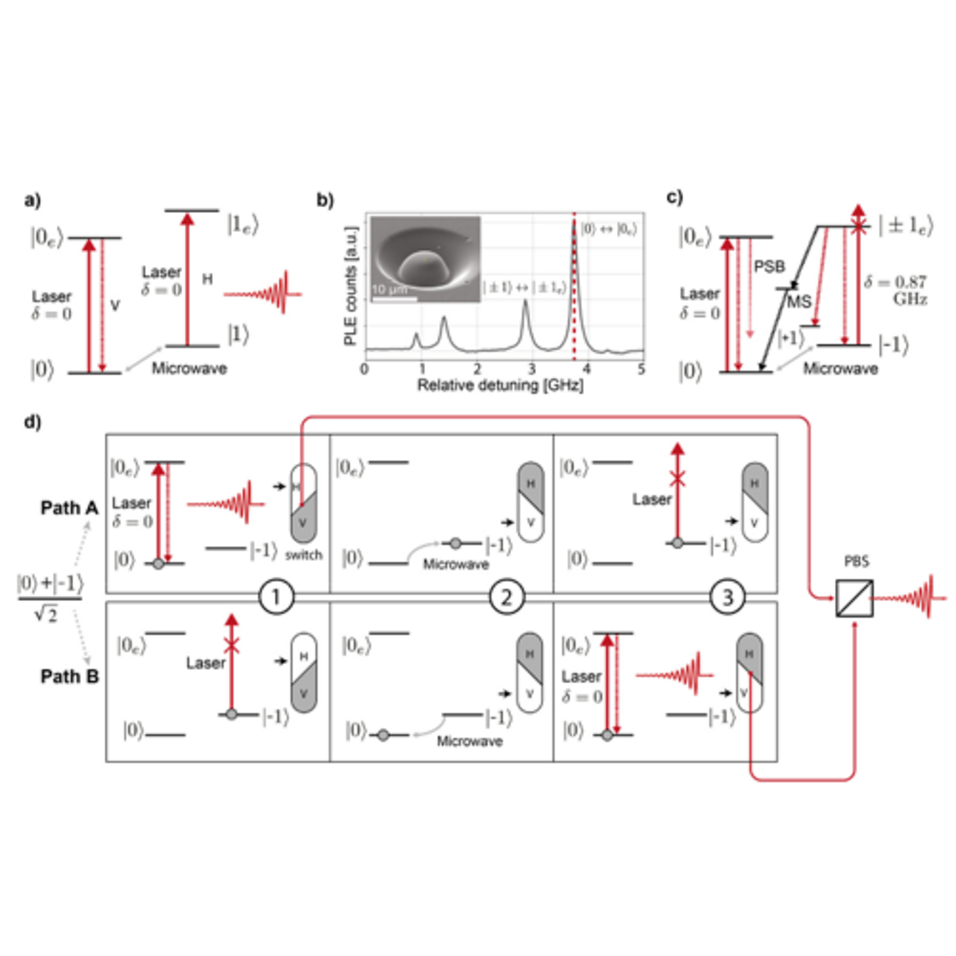Spin-photon interfaces are strong candidates for building blocks of future quantum networks and quantum computers. Several systems currently under examination present promising features, but none of them yet fulfil all requirements for these aims. A particularly attractive strategy for the realization of these applications is the creation of strings of entangled photons, where quantum correlations among the photons are mediated by operations on the spin of the emitter. Here, we demonstrate for the first time the creation of spin-photon entanglement within the fundamental unit of a novel, scalable protocol based on time-to-polarization conversion. This principle allows us to bypass many of the imperfections of currently available photon sources and can therefore be utilized with a large variety of emitters. We execute the protocol using a nitrogen-vacancy centre in diamond, which possesses a long coherence lifetime and multiple spin degrees of freedom, thereby offering an outlook towards the creation of large entangled states.
View full text: here.

